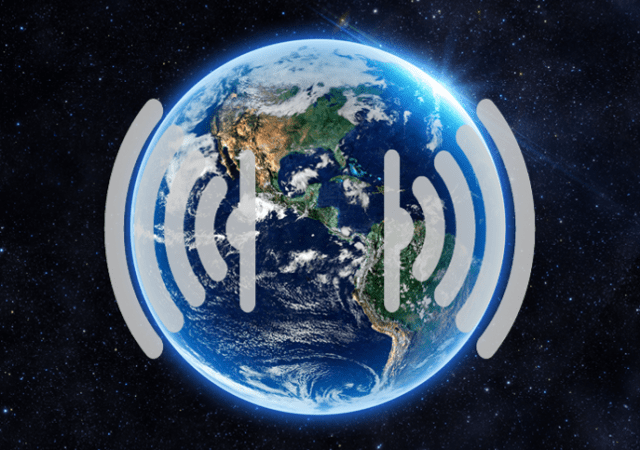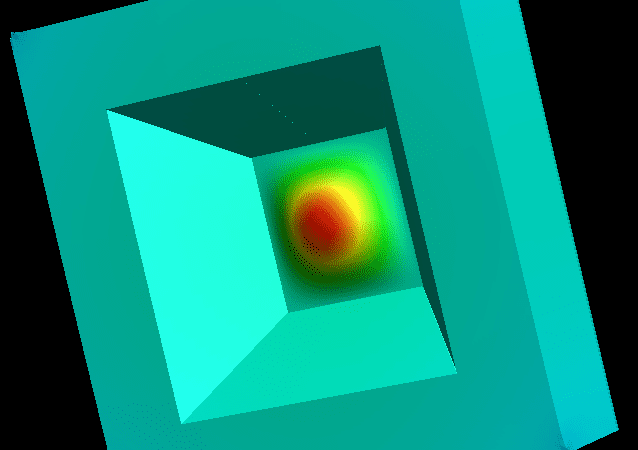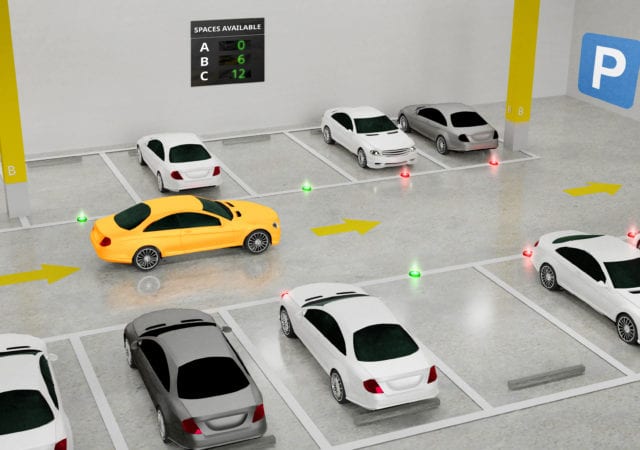MEMS and sensors are proliferating across consumer, automotive, biomedical/healthcare, robotics, industrial and agriculture applications to harvest sensory data in a hyper-connected world and meet demand from workers and consumers alike as they clamor for more intelligence in electronics. Take the ubiquitous iPhone. Shipped in 2007, Apple’s first iPhone sported five sensors. By 2021, the most feature-packed smartphone will embed up to 20 sensors, according to Yole Développement’s Jérôme Azémar. He estimates that the device will feature four MEMS microphones, four CMOS image sensors (CIS), a RGB color sensor, a laser rangefinder, an infrared sensor, a gas sensor, a heart rate monitor and a fingerprint sensor, not to mention the MEMS inertial sensors that device users have come to know and trust.
SEMI-MEMS & Sensors Industry Group

The Decade Ahead: Emerging MEMS & Sensors Technologies to Watch
Most of today’s blockbuster MEMS products – from pressure sensors and resonators to accelerometers and microphones – originated from academic research, a trend that Alissa M. Fitzgerald, Founder & Managing Member, A.M. Fitzgerald & Associates, expects to continue. While many of these potentially game-changing new technologies will require many more years of intensive development and up to $100 million in investment to reach full commercialization, Fitzgerald sees their potential for generating new waves of activity and opportunity in the MEMS and sensors industry.

Specialize, Partner or Perish: Embrace Foundry Evolution for BioMEMS
The BioMEMS market is becoming increasingly diverse, encompassing gas and pressure sensors, ultrasound, specialized biomedical sensors, and other types of MEMS and microfluidic chips used for drug delivery and analytical applications.

3D Optical Sensing Ready for Prime Time
The 3D optical sensing market is once again surging – and it’s all thanks to Apple. What will we see in the next wave of end products enhanced by this technology, how will other market segments approach – and eventually use – 3D optical sensing, and which suppliers stand to gain the most from this very vital technology?
A Field of Sensor Dreams
TERRA-REF aims to transform plant breeding by using remote sensing to quantify plant traits such as plant architecture, carbon uptake, tissue chemistry, water use and other features to predict the yield potential and stress resistance of 400+ diverse sorghum lines.

Tackling the Power Problem in Portable Voice-First Devices
Every day it seems like a new portable voice-first device is coming to market. From smart speakers small enough to fit in your pocket to tiny wireless earbuds and voice-activated TV remote controls, we are using voice increasingly to play music, select TV shows, turn on the lights or interact with our smart thermostat.

Unlocking Accurate Chemical Sensing on the Go
Air pollution is one of the grand challenges facing the entire planet — from the wealthiest nations to the least developed. The World Health Organization reports that nine out of 10 people breathe air containing high levels of pollutants, and that polluted air takes over seven million lives annually through stroke, heart disease and respiratory ailments.

EDA and Foundry Collaboration Speeds MEMS Sensor Design
New MEMS-based products are constantly emerging, fueled by the Internet of Things (IoT), autonomous driving, smart manufacturing and healthcare applications.

Smart Parking and Sensors in the Age of IoT
Poorly managed parking resources have a substantial negative impact on cities — one that has been well-documented.
MEMS Manufacturing for 2020 and Beyond
With so much growth ahead of us, how will the design and manufacture of MEMS keep pace with industry demand for higher levels of innovation and integration, lower cost and lower power, smaller footprints, and faster design cycles — all while meeting acceptable price points?